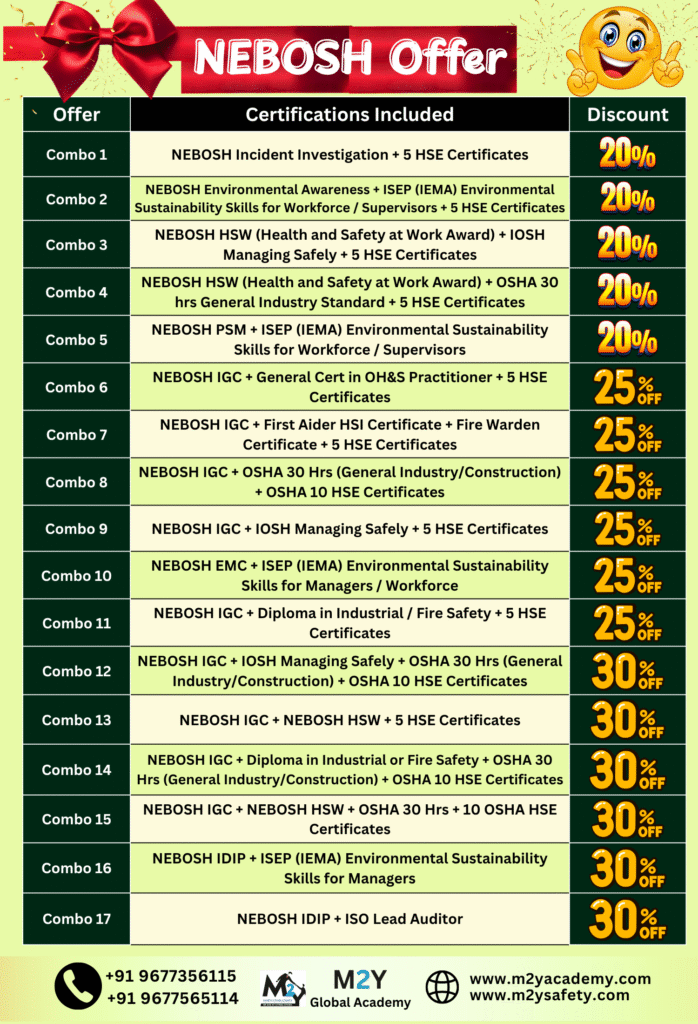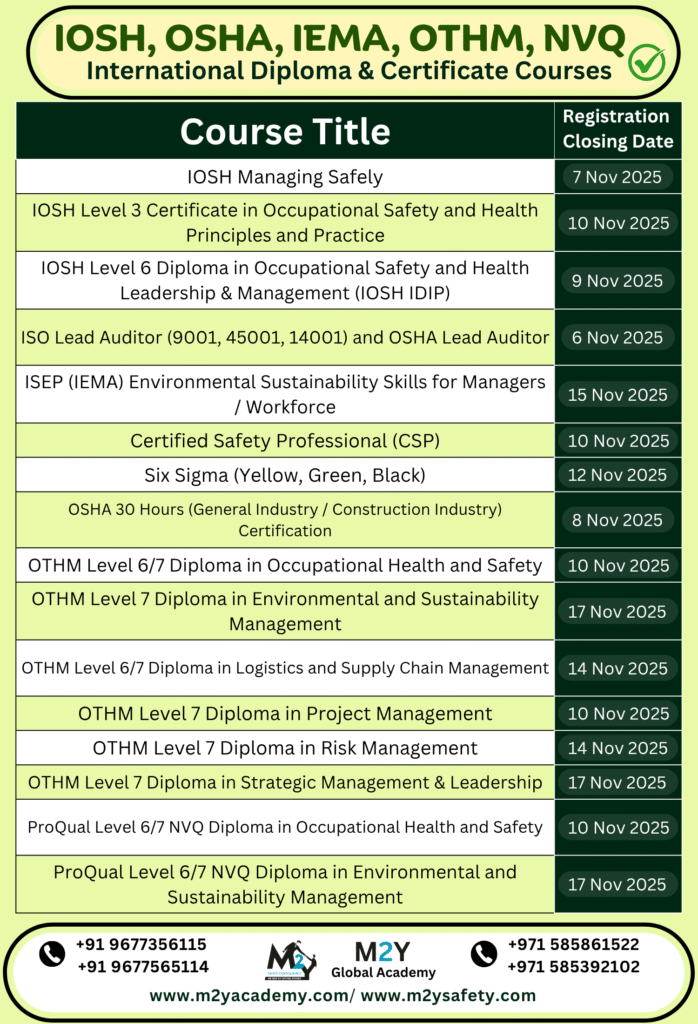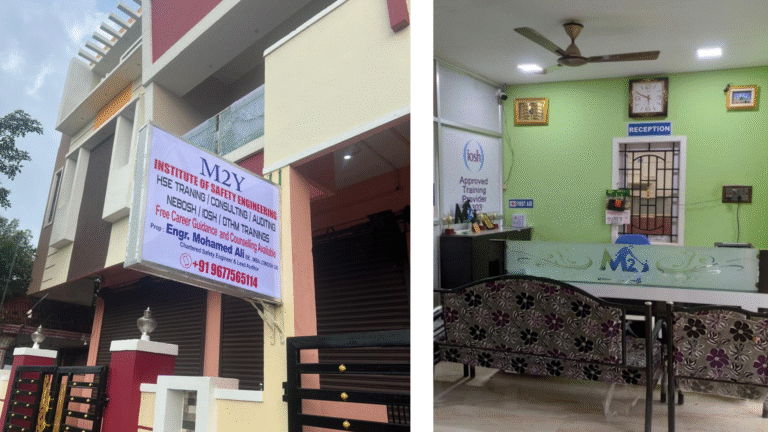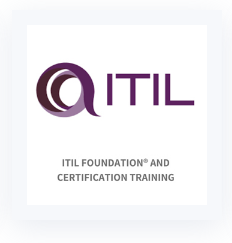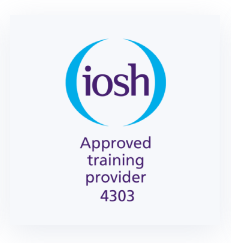Top Benefits of Six Sigma Certification
Why It’s Worth Your Investment
In today’s competitive job market and dynamic business environment, quality and efficiency are more than just buzzwords—they’re essential to growth. One globally recognized credential that helps professionals and organizations achieve operational excellence is the Six Sigma Certification. Whether you’re an individual looking to boost your career or a company striving to improve quality and reduce costs, Six Sigma has something valuable to offer.
This blog explores the key benefits of Six Sigma certification, including career advancement, improved problem-solving, and higher salary prospects.

What Is Six Sigma Certification?
Six Sigma is a data-driven methodology that aims to eliminate defects and minimize variability in processes. It uses statistical tools and quality management principles to streamline operations, increase customer satisfaction, and enhance overall performance.
Six Sigma certification validates your ability to identify and resolve problems using the DMAIC (Define, Measure, Analyze, Improve, Control) methodology. It’s available in multiple levels:
White Belt – Basic awareness
Yellow Belt – Team support level
Green Belt – Project-level management
Black Belt – Expert-level project management and strategy
Master Black Belt – Advanced strategy and training leadership
Top Benefits of Six Sigma Certification
1. Improves Career Prospects Across Industries
One of the most attractive advantages of Six Sigma certification is its cross-industry recognition. Certified professionals are in high demand across manufacturing, healthcare, finance, IT, logistics, aviation, and more.
Whether you’re a quality engineer, project manager, business analyst, or even in HR or sales, Six Sigma skills boost your résumé and make you a preferred candidate for leadership roles.
2. Higher Salary Potential
According to industry surveys, Six Sigma-certified professionals—especially Green Belts and Black Belts—earn significantly higher than their non-certified counterparts.
Here’s an approximate average salary range:
Six Sigma Green Belt: ₹6–12 lakhs per year in India | $75,000–$90,000 in the U.S.
Six Sigma Black Belt: ₹12–20 lakhs per year in India | $100,000+ in the U.S.
This salary boost reflects your ability to improve business processes and save money for the company.
3. Enhanced Analytical & Problem-Solving Skills
The core of Six Sigma is built on data analysis and critical thinking. With Six Sigma training, you gain:
Root cause analysis techniques
Process mapping and data visualization
Control charts and capability analysis
Risk assessment and mitigation
These skills are vital for tackling complex challenges in any department.
4. Better Process Efficiency and Reduced Waste
Six Sigma teaches you how to identify inefficiencies, reduce process variations, and eliminate waste (defects, overproduction, waiting, motion, inventory, etc.).
This leads to:
Increased productivity
Reduced costs
Higher customer satisfaction
Better use of resources
Organizations highly value these skills, especially in roles tied to operations, production, and quality control.
5. Supports Organizational Growth and Compliance
Many industries require adherence to quality standards like ISO 9001 or regulatory frameworks like FDA, HIPAA, or IATF. Six Sigma tools align perfectly with these standards.
Certified professionals play a vital role in:
Achieving ISO certifications
Conducting internal audits
Implementing SOPs
Ensuring regulatory compliance
This makes you a strategic asset to your company.
6. Leadership and Change Management Skills
Six Sigma doesn’t just teach technical tools—it builds leadership abilities.
You learn how to:
Manage cross-functional teams
Lead quality improvement projects
Facilitate change using Lean principles
Communicate data-backed decisions
These leadership traits are essential for moving into managerial or strategic roles.
7. Personal Development & Continuous Learning
Six Sigma promotes a mindset of continuous improvement (Kaizen). Even outside the workplace, Six Sigma helps you:
Approach problems methodically
Make decisions using logic and evidence
Develop discipline and accountability
Set measurable goals and track success
These benefits extend into your personal productivity and growth journey.
8. Global Recognition and Credibility
Six Sigma certification is respected globally and offered by leading institutions such as:
ASQ (American Society for Quality)
IASSC (International Association for Six Sigma Certification)
TUV
Exemplar Global
M2Y Global Academy (ISO + Lean Six Sigma)
With globally recognized credentials, you’re not limited by geography—you’re equipped for global career opportunities.
9. Flexible Learning Options
Whether you prefer online, in-person, or hybrid learning, Six Sigma courses are available in all formats. At M2Y Global Academy, we offer:
Self-paced e-learning modules
Instructor-led online classes
Certification exam preparation
International certification (Lean Six Sigma + ISO Standards)
These flexible options make it easier for working professionals to upskill without disrupting their job.
Who Should Take Six Sigma Certification?
Six Sigma is ideal for:
Quality control/assurance professionals
Project managers and engineers
Business analysts and operations managers
IT professionals and software testers
HR, Finance, and administrative leaders
Entrepreneurs and business owners
Whether you’re early in your career or aiming for a leadership role, Six Sigma can boost your journey.
Where to Get Certified?
At M2Y Global Academy, we offer globally recognized Lean Six Sigma certifications:
🔹 Six Sigma Green Belt
🔹 Six Sigma Black Belt
🔹 ISO 9001 + Lean Six Sigma Combo
🔹 Online, weekend, and corporate batches available
🔹 Affordable fees and expert trainers
Enroll today and become a certified process improvement expert.
✅ Six Sigma Certification Course Fees – 2025
| Course Level | Course Fee (INR) | Course Fee (USD) | Course Fee (AED) |
|---|---|---|---|
| Six Sigma Yellow Belt | ₹6,000 | $72 | 265 AED |
| Six Sigma Green Belt | ₹15,000 | $180 | 660 AED |
| Six Sigma Black Belt | ₹30,000 | $360 | 1,320 AED |
| Lean Six Sigma Green Belt | ₹18,000 | $216 | 790 AED |
| Lean Six Sigma Black Belt | ₹35,000 | $420 | 1,540 AED |
💡 Prices may vary slightly depending on trainer, format (online/classroom), and certification body.
FAQs – Benefits of Six Sigma Certification
Six Sigma is divided into White Belt, Yellow Belt, Green Belt, Black Belt, and Master Black Belt levels.
Yes! Six Sigma is widely applied in IT, healthcare, finance, education, and more.
Depending on the level, it can take 2 days (Yellow Belt) to 2–3 months (Black Belt) including training and project.
It depends on the level, but with the right training and preparation, passing is absolutely achievable.
Final Thoughts: Is Six Sigma Certification Worth It?
Absolutely. If you’re looking to advance your career, enhance your skillset, and increase your value to employers, Six Sigma is a smart investment. It brings measurable benefits to both individuals and organizations.
Start with the Green Belt or ISO + Six Sigma combo and climb your way to mastery.


